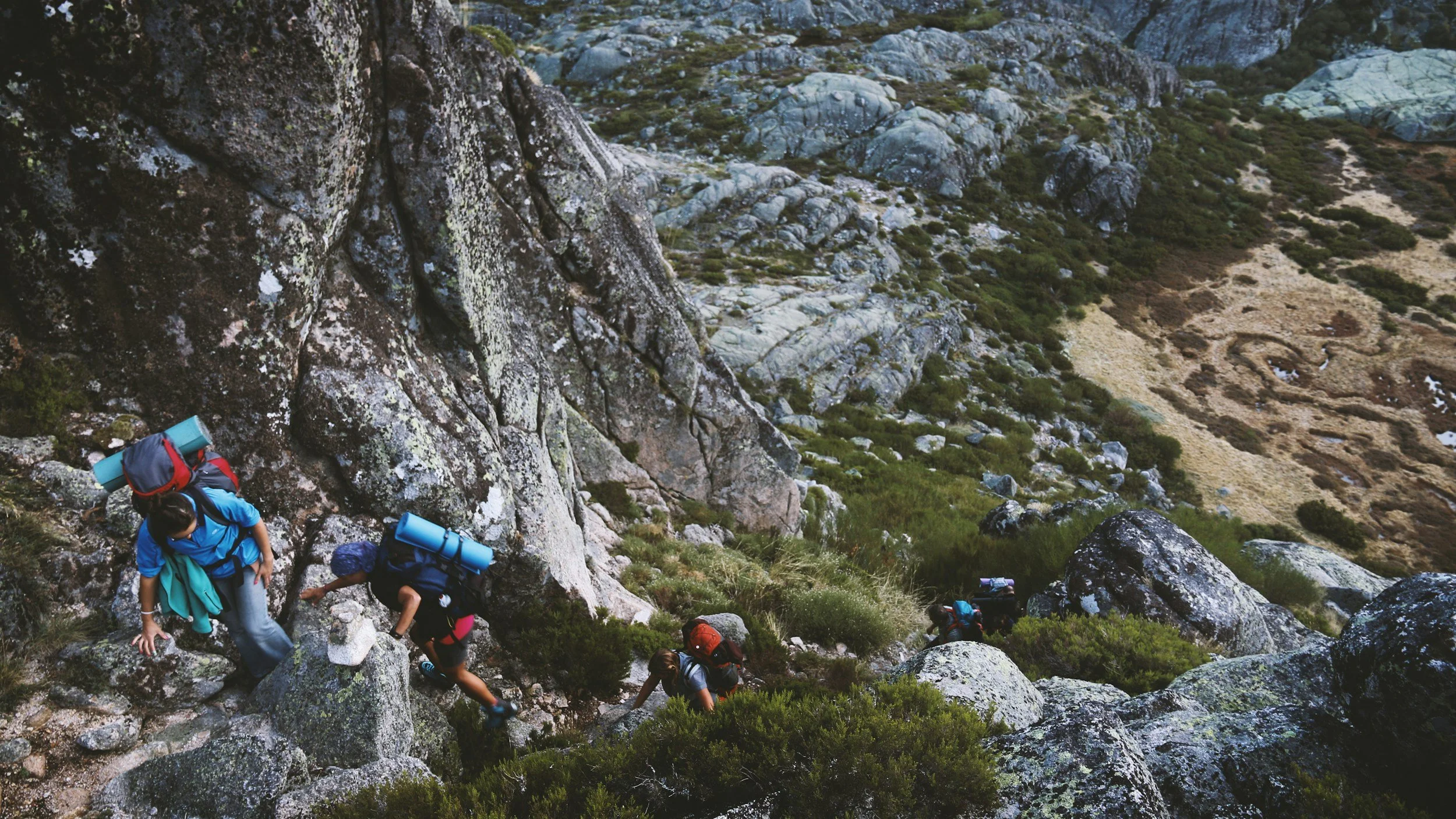Exploring Wildlife and Wilderness in Texas
Texas is a land of extremes, offering a diverse range of landscapes, ecosystems, and wildlife. From sprawling deserts to lush forests, and pristine beaches to towering mountains, Texas has it all. For nature enthusiasts, the state’s vast wilderness and rich biodiversity make it an ideal destination to explore wildlife in their natural habitats. Whether you're planning a weekend getaway or a full-on adventure, here’s your guide to exploring the wildlife and wilderness in Texas.
1. Big Bend National Park
Big Bend National Park, located in West Texas, is a remote and rugged area known for its striking desert landscapes and diverse wildlife. As one of the most biologically diverse desert regions in the world, Big Bend is home to over 1,200 plant species and nearly 600 species of birds, mammals, and reptiles.
Wildlife Highlights:
Javelinas: These wild pig-like creatures are often spotted roaming the desert floor.
Mountain Lions and Black Bears: While elusive, these apex predators live in the park’s mountains and canyons.
Birdwatching Paradise: Big Bend is a haven for birdwatchers, with species like the Mexican jay, peregrine falcon, and the vibrant vermilion flycatcher.
Wilderness Activities:
Hiking: Popular trails include the Lost Mine Trail and the Window Trail, both offering stunning views of the desert and mountains.
River Adventures: Canoe or kayak along the Rio Grande, which forms the southern border of the park.
Camping: Big Bend offers both developed campgrounds and backcountry camping for those seeking an immersive wilderness experience.
2. Padre Island National Seashore
Stretching along the Gulf of Mexico, Padre Island National Seashore is the longest undeveloped barrier island in the world. It’s a critical nesting site for the endangered Kemp’s ridley sea turtles and a sanctuary for migratory birds.
Wildlife Highlights:
Sea Turtles: Visit during the summer months to witness sea turtle hatchlings being released into the ocean.
Dolphins and Marine Life: Spot dolphins playing in the surf or explore tide pools brimming with marine creatures.
Birding Hotspot: Padre Island is part of the Central Flyway, a major migration route for birds. Species like the reddish egret, brown pelican, and great blue heron can often be seen along the shore.
Wilderness Activities:
Beach Camping: Camp directly on the beach for a true wilderness experience, with miles of sandy coastline to explore.
Fishing and Kayaking: Padre Island’s waters are great for saltwater fishing and kayaking.
Stargazing: With little light pollution, the night sky over Padre Island is perfect for stargazing.
3. The Piney Woods
The Piney Woods of East Texas offers a lush contrast to the arid landscapes of the West. This region, characterized by towering pines and hardwood forests, is home to diverse wildlife and offers a peaceful retreat into nature.
Wildlife Highlights:
White-tailed Deer: These graceful creatures are common in the forested areas of East Texas.
Beavers and River Otters: Often found in the region’s many lakes and streams.
Bald Eagles: Keep an eye out for bald eagles, particularly near large lakes like Caddo Lake and Sam Rayburn Reservoir.
Wilderness Activities:
Hiking and Biking: Explore the scenic trails in state parks like Tyler State Park and Caddo Lake State Park.
Paddling Adventures: Caddo Lake, with its mysterious cypress swamps, offers unique paddling opportunities through a maze of waterways.
Wildlife Watching: Many parks offer viewing platforms and bird blinds for unobtrusive wildlife observation.
4. The Texas Hill Country
Known for its rolling hills, rivers, and wildflower fields, the Texas Hill Country is a favorite among nature lovers. The region’s diverse ecosystems support a wide range of flora and fauna, making it a great spot for wildlife exploration.
Wildlife Highlights:
Bats at Bracken Cave: Home to the largest bat colony in the world, Bracken Cave near San Antonio is a must-see for wildlife enthusiasts. Each summer evening, millions of bats emerge at dusk, creating an awe-inspiring spectacle.
Wildflowers and Pollinators: In spring, fields of bluebonnets, Indian paintbrushes, and other wildflowers attract butterflies and bees.
Aquatic Life: The clear rivers and streams of the Hill Country are home to unique aquatic species, including Guadalupe bass and Rio Grande darters.
Wilderness Activities:
River Tubing: Float down the Guadalupe or Frio River for a relaxing way to take in the scenery.
Hiking: Enchanted Rock State Natural Area offers challenging hikes and incredible views of the surrounding Hill Country.
Caving: Explore underground at the Natural Bridge Caverns or Cave Without a Name, two of the region’s most impressive cave systems.
5. The Panhandle Plains
The Texas Panhandle is a land of wide-open spaces, rolling grasslands, and rugged canyons. This often-overlooked region is home to unique wildlife species and offers opportunities for solitude and exploration.
Wildlife Highlights:
Pronghorn Antelope: The Panhandle is one of the best places to spot these fast-moving animals.
Bison: Visit Caprock Canyons State Park, where a bison herd roams freely across the grasslands.
Coyotes and Bobcats: These elusive predators can sometimes be seen in the more remote areas of the plains.
Wilderness Activities:
Hiking and Camping: Palo Duro Canyon State Park, known as the “Grand Canyon of Texas,” offers dramatic landscapes and excellent hiking and camping opportunities.
Horseback Riding: Experience the wilderness like a cowboy with guided horseback tours through the plains and canyons.
Wildlife Viewing: The wide-open landscapes make it easy to spot wildlife from a distance, whether you're driving or hiking through the area.
Final Thoughts
Texas is a state of incredible natural diversity, offering adventures for wildlife enthusiasts and outdoor explorers alike. Whether you're trekking through the desert, paddling in the swamps, or stargazing on the beach, the Texas wilderness is full of awe-inspiring moments waiting to be discovered. However, it’s essential to be mindful of the environment, especially in areas prone to wildfires, which can lead to a Texas fire lawsuit if negligence is involved. So pack your gear, bring your camera, and prepare for an unforgettable journey into the wild heart of Texas.










